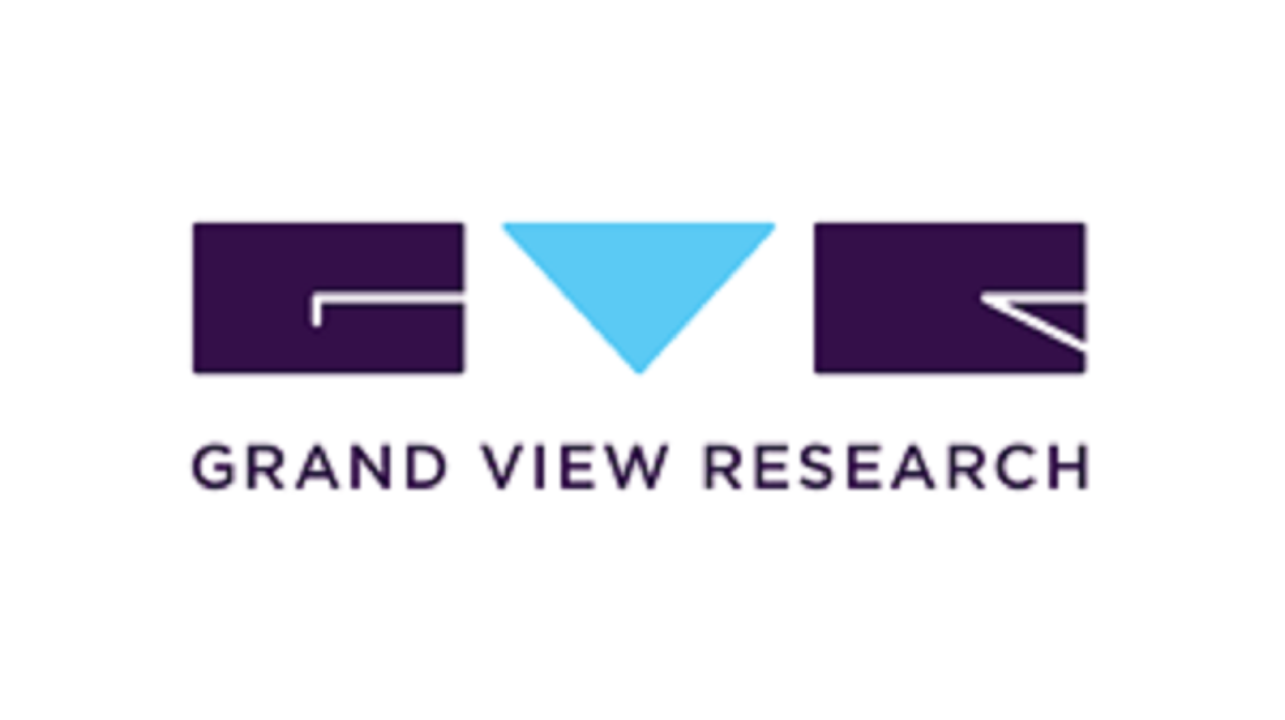The global blue hydrogen market was valued at approximately USD 2.34 billion in 2022 and is projected to reach USD 12.88 billion by 2030, growing at a CAGR of 19.0% from 2023 to 2030. The market's impressive growth is largely fueled by a surge in investments and the initiation of various development projects around the world. Furthermore, the increasing adoption of hydrogen—especially blue hydrogen—as a cleaner, more sustainable energy source is gaining momentum. This shift is driven by many countries actively pursuing ambitious targets to reduce carbon emissions and greenhouse gas (GHG) outputs, thereby accelerating the global transition toward cleaner energy systems.
In the United States, the growth of the blue hydrogen market is significantly bolstered by key initiatives and infrastructure projects focused on blue hydrogen production. A prime example took place on January 30, 2023, when Exxon Mobil Corporation announced its plan to build a new blue hydrogen plant in Baytown, Texas. This facility is designed to produce 1 billion cubic feet of blue hydrogen per day, utilizing natural gas as the feedstock. Impressively, the plant will capture and securely store approximately 98% of the carbon dioxide emissions generated during the production process underground, demonstrating a strong commitment to carbon management.
In addition, another major development was announced in October 2021, when Air Products and Chemicals, Inc. revealed its intention to invest USD 4.5 billion in a blue hydrogen production facility in Louisiana. Expected to commence operations by 2026, this project is recognized as the largest blue hydrogen investment in the U.S. to date. The facility is engineered to capture about 95% of the carbon dioxide emissions produced and safely store them underground. These large-scale, capital-intensive projects are poised to drive substantial growth in the U.S. blue hydrogen market over the forecast period, reinforcing the country’s role as a leader in advancing cleaner energy technologies.
Key Market Trends & Insights:
• The Middle East & Africa region held the largest revenue share in 2022, accounting for over 33.0%, driven by substantial investments in blue hydrogen projects in countries like Qatar, UAE, and Saudi Arabia as part of their efforts to meet carbon emission reduction targets by 2030.
• The Asia Pacific region is recognized as one of the world’s largest economies actively pursuing alternatives like blue hydrogen to support their energy transition goals and significantly reduce greenhouse gas (GHG) and carbon emissions in line with their climate commitments.
• Among various production technologies, steam methane reforming led the market in 2022, capturing the largest revenue share of over 61.0%, highlighting its dominant role in blue hydrogen generation compared to gas partial oxidation and auto thermal reforming methods.
• In terms of transportation, the pipeline mode was the most widely used, accounting for over 71.0% of the revenue share in 2022, surpassing the use of cryogenic liquid tankers due to its efficiency and cost-effectiveness in transporting blue hydrogen.
• Regarding applications, the power generation segment held the largest share of over 37.0% in 2022, making it the primary sector utilizing blue hydrogen for clean energy production compared to chemical, refinery, and other applications.
Order a free sample PDF of the Blue Hydrogen Market Intelligence Study, published by Grand View Research.
Market Size & Forecast:
• 2022 Market Size: USD 2.34 Billion
• 2030 Projected Market Size: USD 12.88 Billion
• CAGR (2023-2030): 19.0%
• Middle East & Africa: Largest market in 2022
Key Companies & Market Share Insights:
Key companies in the blue hydrogen market frequently engage in multiple mergers and acquisitions as a strategic approach to expand their market share within specific regions. This consolidation allows them to strengthen their competitive positioning and access new customer bases. Additionally, many companies form technological collaborations and enter into agreements aimed at developing advanced products with enhanced performance capabilities. These partnerships not only improve product offerings but also help boost overall revenue by meeting evolving market demands more effectively.
For example, on February 6, 2023, Linde Plc entered into a long-term agreement to distribute and supply hydrogen to OCI’s blue ammonia production facility located in Texas, United States. This strategic partnership is anticipated to significantly bolster Linde Plc’s presence in the fuel and blue ammonia sector, enhancing its supply capabilities both within the U.S. domestic market and for international exports. Through this agreement, Linde aims to solidify its leadership in supplying critical components for the growing hydrogen economy, contributing to a cleaner and more sustainable energy future.
Key Players
• Linde Plc
• Shell Group of Companies
• Air Liquide
• Air Products and Chemicals, Inc.
• Engie
• Equinor ASA
• SOL Group
• Iwatani Corp.
• INOX Air Products Ltd.
• Exxon Mobil Corp.
Explore Horizon Databook – The world's most expansive market intelligence platform developed by Grand View Research.
Conclusion:
The blue hydrogen market is poised for significant growth as nations worldwide intensify efforts to decarbonize energy systems and industrial processes. This growth is propelled by favorable government policies, technological advancements, and increasing investments in infrastructure.
The adoption of blue hydrogen is gaining momentum, particularly in regions like North America and Europe, where governments have set ambitious targets to reduce carbon and greenhouse gas emissions. Strategic partnerships and collaborations among industry players further bolster the market's expansion, facilitating the development of advanced technologies and the scaling up of production capacities. As the global demand for cleaner energy solutions rises, blue hydrogen is emerging as a pivotal component in the transition to a low-carbon economy.


